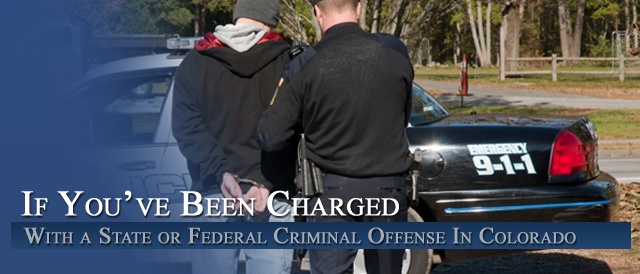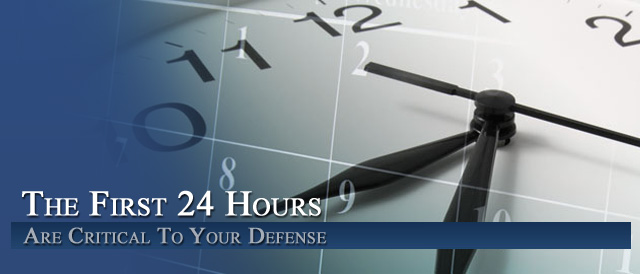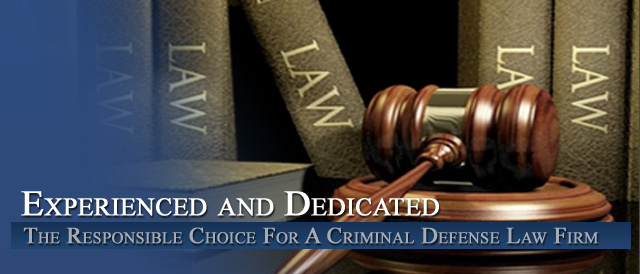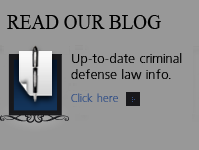




Justice by Machine: Living with Lie Detector Tests
by Steve Elias
A former public defender recounts his first experience with a lie detector test and argues for their place in American courtrooms.
I vividly remember my first lie detector test. It wasn’t I who was being tested but rather a client charged with rape. I was relatively new to the criminal defense business, having recently been hired by the State of Vermont as Public Defender of the Northeast Kingdom (as the three Northeastern most Vermont counties were called). Before the test began, the test operator took me aside to explain how it works.
“It’s real simple,” he said. “First I explain the basic theory of the test to the subject: that lying causes anxiety that shows up on my graphs. Then I explain that the test is calle a polygraph because I graphically track three of their unconscious physiological responses at the same time. Then I explain that they can’t get away with lying to me since only someone trained as a yogi can simultaneously control all three physiological responses (breath, heart rate and galvanic skin response). Then I wire them up to these graphs and tell them to pick a number between one and ten. I tell them to answer no each time I guess a number, even if I guess the right number. When they answer no to the right number, it always causes a spike in the graphs. I stop the procedure at that point, tell them they lied and show them the graphs. Now that they’re convinced that my graphs can read their mind, their responses go haywire when they lie in the course of my actual questioning. The fact is, very few of the people I test bother to lie after this introduction. I get more confessions than the police ever could by a mere interrogation.”
Sure enough, my client who had up to that point steadfastly proclaimed his innocence to me, as well as everyone else concerned with his case, confessed his guilt rather than lie to someone whom he believed knew when he was lying. I was convinced.
And because I was a believer, I tended to discourage my clients from submitting to lie detector tests. The truth was that I could frequently do a much better job for my clients if I could maintain a personal belief in their innocence. In some cases, however, the prosecution made offers of leniency contingent upon my client being willing to go on the box (as the test is colloquially called). And so, in the course of my three-year public defender stint, about a half dozen clients voluntarily submitted to a lie detector test in hopes of a better deal. And, with just one exception, they either confessed during the test or confided their guilt to me after the test indicated their responses to be deceptive. I remained a believer.
What about the exception? The results were inconclusive; the operator said he suspected valium. Since my I knew that my client had a long-standing valium problem, I thought this was a pretty good call. In any event, when his case went to trial, the jury, as ultimate lie detector, didn’t believe him and came in with a guilty verdict.
Are Lie Detectors Telling the Truth?
You may wonder how, in the absence of a confession, a polygraph operator can confidently determine whether a person is lying. Don’t most people — even innocent ones — get stressed when being asked questions that might land them in big trouble? Yes, but the polygraph operator has techniques to overcome this problem. Before getting to the nitty-gritty of the issue (“Did you do it? Were you There? Do you have any personal knowledge of what happened?”) the operator first asks a series of questions, some of which are emotionally neutral and some of which are calculated to cause emotional discomfort based on the test subject’s personal circumstances. The subject’s physiological responses to these questions are meticulously calibrated. Then, when the operator gets around to the core questions, the responses to those questions can be measured and compared to the responses produced by the neutral and control questions. It’s true, a lot of devils can live in the space of relative anxiety measurements, but numerous independent tests have indicated an accuracy rate in the 80-90% range.
So if these tests are so accurate, why aren’t they required in every situation where truth is at issue? Why spend billions of dollars on jury trials and independent prosecutors when we could just “wire up” the key witnesses and get at the truth with no fuss and no muss?
The U.S. Supreme Court recently decided a case that deals with this very subject. In United States v. Scheffer, 000 U.S. 96-1133 (1998) the Supreme Court upheld a military court evidence rule (Rule 707) that prohibits the use of lie detector results in military trials. In this case, Scheffer, a military investigator, took a routine urine test. The test came back positive for amphetamines. Scheffer then asked for and was given a polygraph test which showed he had no knowledge of amphetamine use. At his trial on drug use charges based on the urine test, Scheffer tried to introduce evidence of his favorable lie detector results. The court refused to admit this evidence on the basis of military evidence Rule 707.
Scheffer appealed on the ground that he should have been able to introduce the test results as part of his constitutional right to prepare a defense.” The Supreme Court upheld Rule 707 for these reasons:
- there is too much controversy about the reliability of lie detector test results
- lie detector tests might undercut the role of the jury in assessing witness credibility, and
- lie detector tests create the possibility of vexing side issues about the reliability of the test.
To Err Can Be Mechanical
Without question, lie detector tests are controversial. Putting aside their utility as interrogation devices, the validity of their results depends on a lot of things being done right — the right control questions, the right neutral questions, the right core questions, the right interpretation of the graphs, the right setting for the questioning, and so on. And not all scientific evaluations have concluded that they are accurate even when everything is done right.
Many evaluations have concluded that polygraph results are more likely to be valid if they show innocence than if they show guilt. This is because there are lots of situations where a defendant may have a guilty mind (and thus show up as deceptive on the polygraph results) but not in fact be guilty. It’s the same as flight. When a defendant runs away from the police or the scene of the crime, a jury is entitled to infer a guilty mind. But flight doesn’t necessary equal guilt. Innocence, on the other hand, is much more unequivocal. But even here, some people are so divorced from morality or a guilty conscience that they may test honest — because they are really good liars or have convinced themselves of a truth that isn’t the truth at all. Last but not least, it may be possible to throw the results through other methods, such as yogic or biofeedback training, the “nail in the shoe” trick (putting a sharp nail in your shoe to cause yourself pain during the questions to skew the polygraph results), or using a legal or illegal drug to calibrate one’s emotions. Simply put, there is no way to turn a lie detector test into a slam dunk. For this reason, most courts will not admit polygraph results unless both sides to the case agree.
To those who believe in polygraph tests, the answer to these reliability issues is, so what? Lots of other types of evidence also have problems. Consider urine tests, for example. There are lots of things that can go wrong with a urine test, including laboratory contamination, false positives and passive smoke. ( In Scheffer’s case, however, a urine test was admitted against him, but the polygraph test was not admissible as a defense. Of course other types of evidence which are notoriously unreliable are also routinely admitted into military (and most other) trials, including eye witness testimony (especially cross-race eyewitness testimony), evidence of demeanor (he “looked” guilty) and, as mentioned, evidence of a guilty mind such as flight.
Man, Machine or Both
The concern that the polygraph may supplant the jury as the judge of witness credibility raises some interesting issues. It is founded on a fear that the jury will abandon its human-based assessment of a witness’s credibility and instead rubber-stamp the machine’s version of the truth. To be sure, if we were wise, we would be very careful about how much of our important affairs we turn over to machines. Unfortunately, we’ve already pretty much given away the store on this one. Drug tests, DNA matching, child support calculations, computer-generated profiles and credit scoringare just some of the types of machine-based information we use for important commercial, employment and judicial transactions.
If we can trust juries to remain independent in the face of the junk science that is already routinely admitted into evidence — notably, psychological profiles and assessments of mental states — then perhaps we should also rely on juries to remain independent in the face of a test that, independent studies indicate, is likely to be right at least 80-85% of the time.
Other Articles of Interest:
- Polygraphs I
- Polygraphs 1 (Lie Detector Tests)
- Overview
- Pre-Charge: “Investigation Stage” Colorado Representation
- Pretrial Investigation Phase Explored












